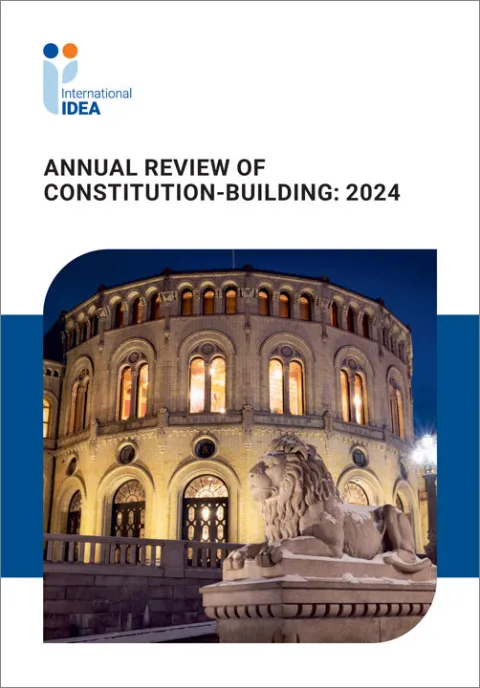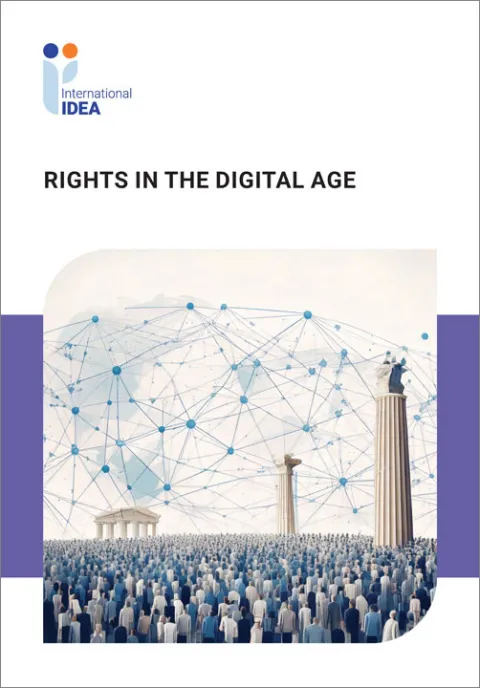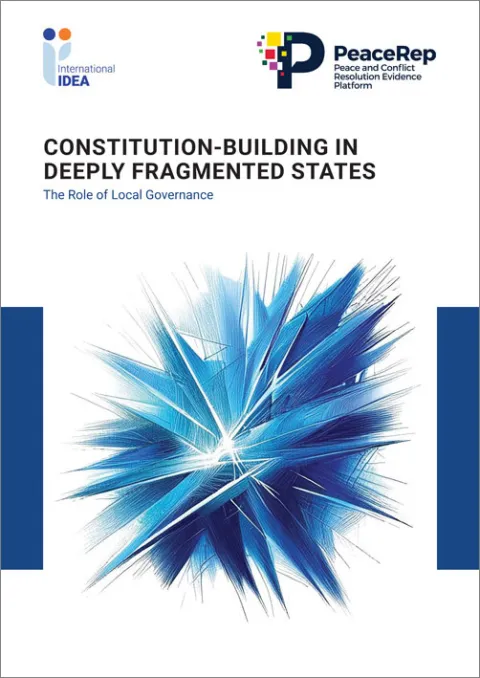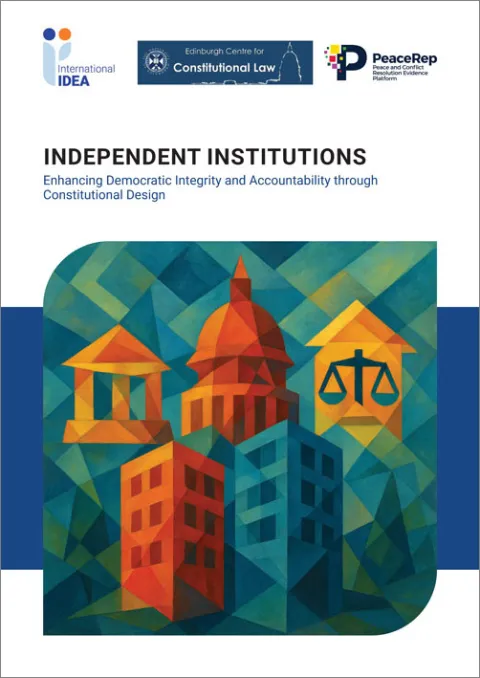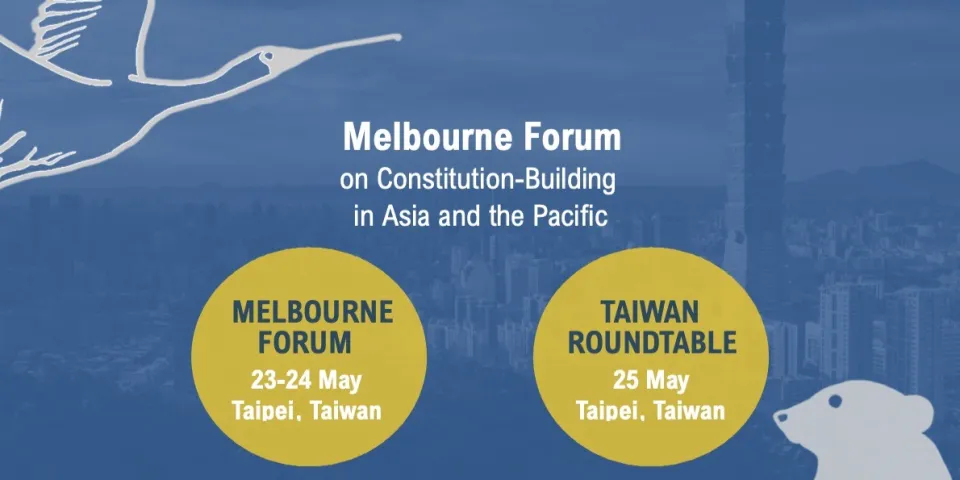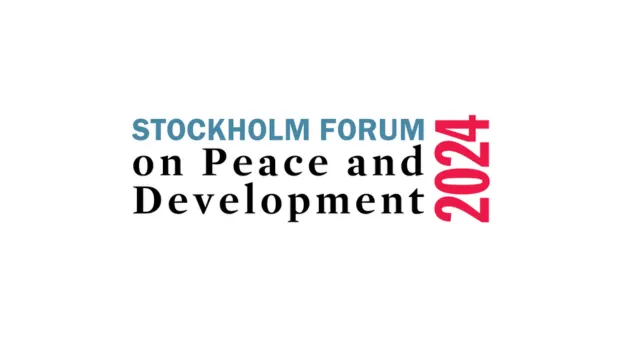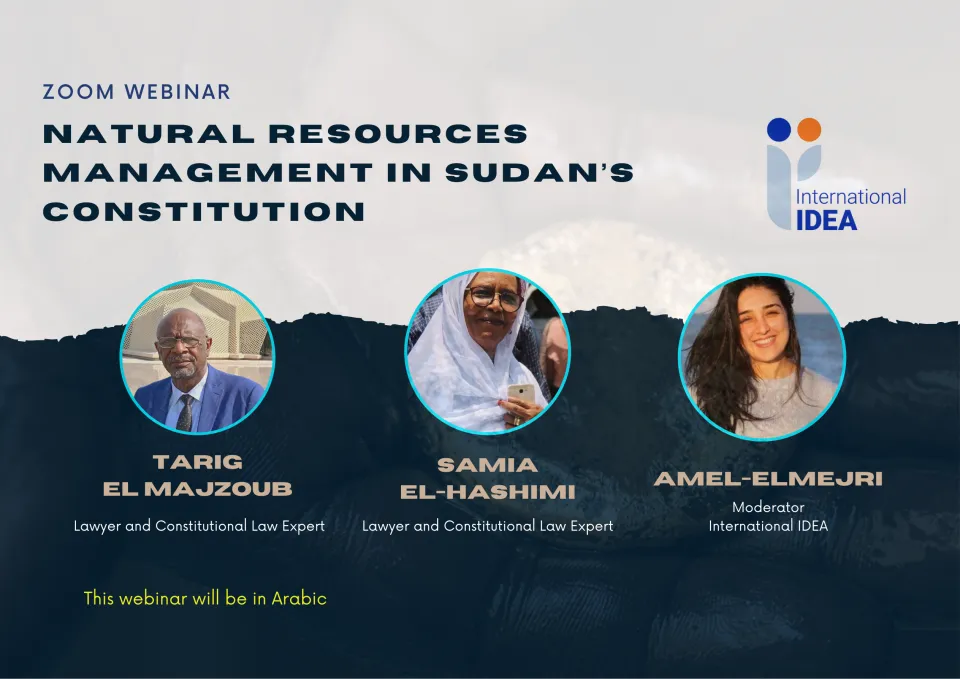Transitions to Parliamentary Systems: Lessons Learned from Practice
Despite widespread claims that parliamentary systems with an indirectly elected president produce better outcomes for democratic governance, constitutional reform to move away from a directly elected president to an indirectly elected president is extremely rare. In recent history, only three countries have undergone such a change in a civilian democratic context—Armenia, Georgia and Moldova. The transition in Moldova, which took place in 2000, was reversed by a court decision in 2016. The transitions in Armenia and Georgia are more recent and still in their early stages.
This Discussion Paper examines these changes to extract lessons learned. It has been drafted in large part by national experts who have played key roles in these changes. The Discussion Paper discusses the background and triggers for the transition, the textual changes to the constitutions and their consequences.
Details
Staff author
Contents
Executive summary
Introduction
1. Pre-transition constitutional amendments
2. Pre-transition constitutional practice
3. Effects of the constitutional amendments on the text
4. Consequences of constitutional amendments in practice
5. Conclusions
References
Give us feedback
Do you have a question or feedback about this publication? Leave us your feedback, and we’ll get back to you
Send feedbackTransitions to Parliamentary Systems: Lessons Learned from Practice
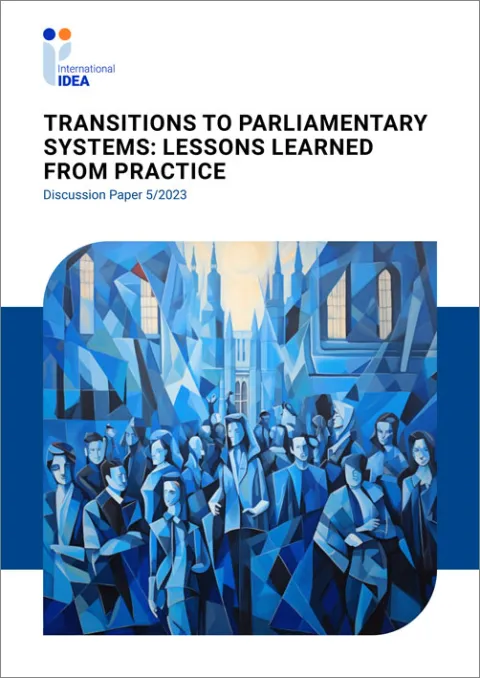
| Total views | 4009 |
|---|---|
| Downloads | 254 |
| Rating |
Staff author
Give us feedback
Do you have a question or feedback about this publication? Leave us your feedback, and we’ll get back to you
Send feedback
